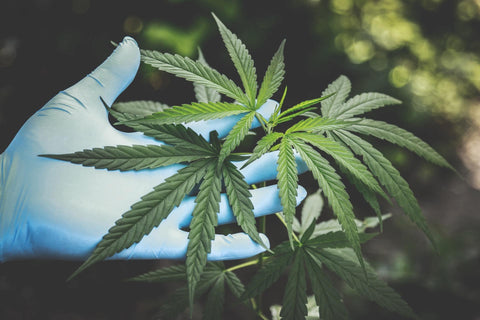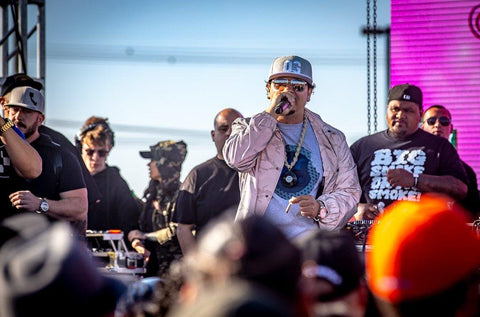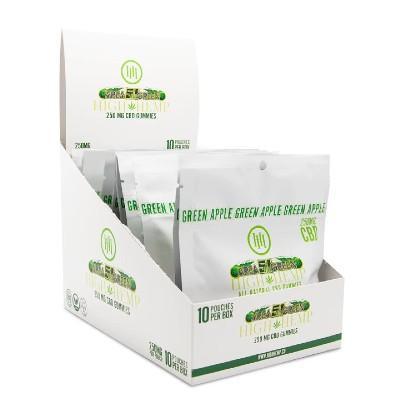Here at High Hemp Co., we are committed to using all-natural, organic hemp to create our products, while keeping our faithful consumers educated along the way. The cannabis plant is composed of over a hundred different compounds, called cannabinoids, all boasting diverse molecular structures and bodily effects. As the cannabis industry continues to flourish, so does the research surrounding all of its varying components.
As you may already know, our wraps are CBD-positive due to our organic production, but as we’ve mentioned before, we do not actually infuse our wraps with any CBD.
With the skyrocketing popularity of CBD, we wanted to take a closer look at what is often referred to as the “mother cannabinoid", cannabigerol (CBG), as well. Let's discuss what both CBD and CBG are, how they may be helpful and in what ways they may differ...
What is CBD?
CBD or cannabidiol, when isolated, is a non-psychoactive component of the hemp plant. Boasting several therapeutic benefits, the fire for deeper research of the compound was ignited in 2018 following the FDA’s approval of CBD as a component of a new drug to treat epilepsy. Being that “this is the first FDA-approved drug that contains a purified drug substance derived from marijuana," researchers were intrigued to discover more possible benefits of the plant’s derivative.
According to a 2018 study, other benefits of taking CBD include (but are not limited to):
- Anxiety
- Arthritis/Joint pain
- Migraines
- Multiple Sclerosis (MS)
- Sleeping disorders
CBG (The Mother Cannabinoid)
CBG or cannabigerol, also non-psychotropic, is a less commonly understood cannabinoid. This is likely due to the very small percentage of CBG naturally available within a fully mature hemp plant (often less than 1%).
Surprisingly lesser-known, it has been called the “mother cannabinoid”:
[CBG] is the chemical precursor to all of the well-known cannabinoids. As the cannabis plant matures and grows, enzymes convert cannabigerolic acid (CBGA) into the three primary cannabinoid acids: tetrahydrocannabinolic acid (THCA), cannabidiolic acid (CBDA), and cannabichromenic acid (CBCA).
Due to the low levels of CBG produced after the plant matures, cultivators are working to produce it on their own because of the cannabinoid's similar therapeutic implications to CBD. From the current research available, CBG has shown to be a promising aid in treating glaucoma, decreasing inflammation, blocking receptors that cause cancer cell growth, and appetite stimulation.
So, What Exactly is the Difference Between CBD & CBG?
Although the compounds share similar beneficial properties, there are a few distinct differences between the two.
Presently known, CBG differs from CBD because of it’s capability to attach to both CB1 receptors, which connect to a person’s central nervous system and CB2 receptors which work with the peripheral nervous system. CBD, on the other hand, generally communicates with only CB2 cannabinoid receptors.
Another primary difference is that CBG is abundantly present early in the growth cycle of the hemp plant and later converts into other cannabinoids (THC, CBD, CBC), while CBD is created through the decarboxylation process, present later in the maturation cycle and does not convert into other cannabinoids.
~
As we’ve told you before, High Hemp is more than just a wrap company. Our focus on making healthier choices goes hand-in-hand with ensuring that we stay educated on all things hemp.
We hope that you’ll join us in staying educated, smoking cleaner, and living healthier!
These products are not intended to diagnose, prevent, treat, or cure any disease. Always consult a physician before making any changes to your health and fitness regimen.



Comments (0)
There are no comments for this article. Be the first one to leave a message!